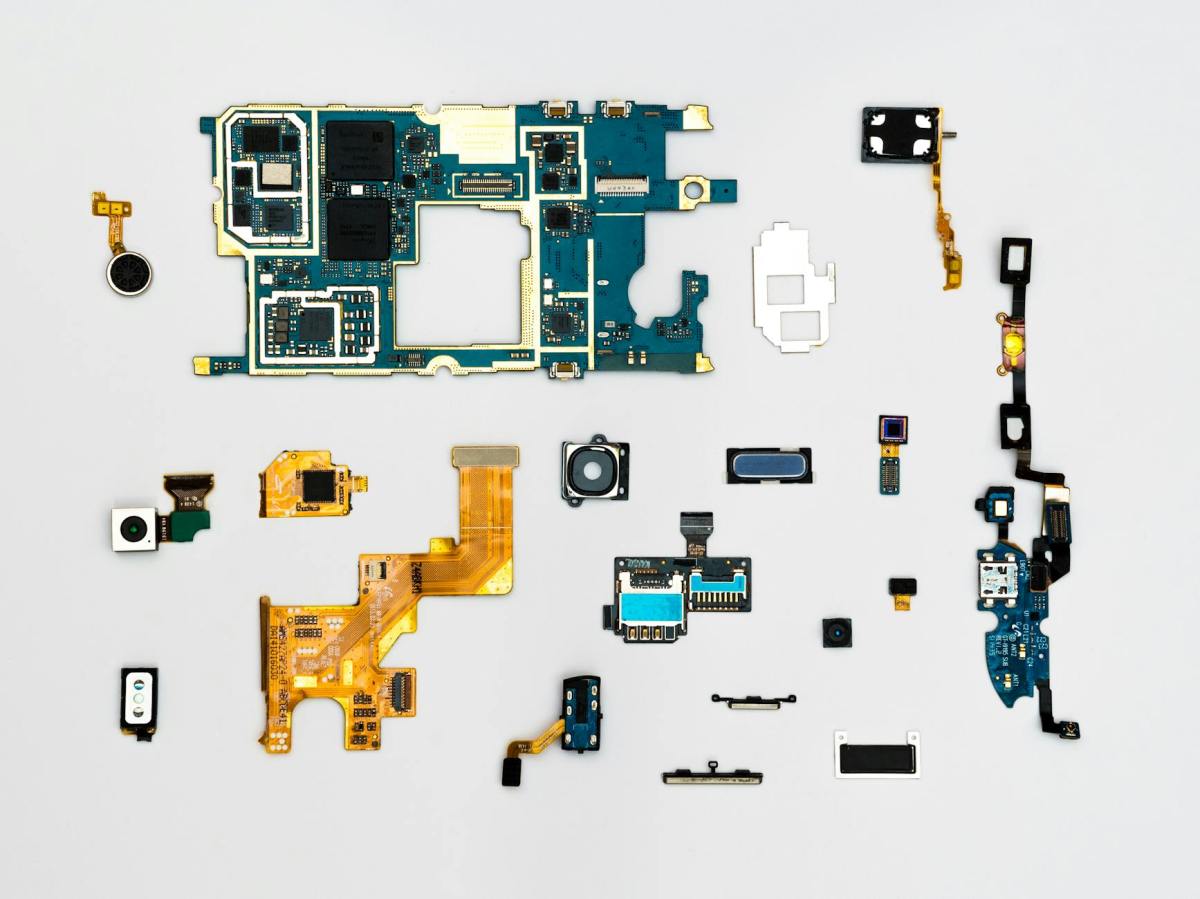Before we look at some examples of digital transformation, let’s explain what digital transformation is and how it differs from digitisation.
Digital transformation: what it is
Digital transformation is a process that, although not new, has accelerated especially in recent years, and can be defined as the integration of digital technology in the areas of business, substantially modifying how it operates and provides value to its customers.
A digital transformation that brings a higher degree of agility and resilience, providing greater efficiency and productivity for an improved customer experience and an innovative boost to the business model.
Is digitisation the same as digital transformation?
Although digitisation and digital transformation are often considered synonymous, they are not.
Digitisation simply refers to the transfer of information from a physical format to a digital environment, which is particularly relevant in the business world, being both the recording of data in digital format and the conversion of physical media such as photos, books or documents into digital format.
Although we could go deeper into the differences, the main difference is that while digitisation focuses on the processing of data, digital transformation focuses on the exploitation of the knowledge provided by digital information.
So we can say that no, digitisation and digital transformation are not the same thing.
Examples of digital transformation
Having explained digital transformation and how it differs from digitisation, let’s look at some examples.
Internet of Things (IoT)
The Internet of Things (also known as IoT) brings growth opportunities to businesses through the development of digital transformation.
It enables more informed decision making, which means lower costs in operations and processes. It also enables them to increase efficiency through automation and process integration.
It can also help to improve the service offered to customers by enabling the implementation of platforms, tools or strategies to increase the quality of what is offered.
The search for new business opportunities is also another of the possibilities associated with IoT in the framework of digital transformation, as well as an increase in the agility of its different processes or decision-making.
Social Networking
The importance of social networks goes beyond the world of leisure or information, to the point of having a specific day, namely 30 June.
In the field of business or entrepreneurship, social networks as part of the digital transformation have a number of advantages, such as proximity to potential customers or the generation of a consolidated brand in communities with similar interests.
For social networks to be effective in digital transformation, they must start with a clear business idea, have a recognisable corporate identity that social media can reinforce, or have a blog or website to redirect traffic to.
Likewise, before launching into social networks, it is necessary to develop a strategy that serves to define a series of objectives and metrics, to know both one’s own audience and that of the closest competition, to decide on which networks it is convenient to have a presence, what and how to publish, as well as to monitor publications and be able to know their impact and establish possible improvements.
Blockchain
Another technology that is driving digital transformation is blockchain.
Because with digital transformation, data has become indispensable to businesses, blockchain technology enables fast and efficient transmission with the certainty that it cannot be deleted or tampered with.
The application of blockchain offers full product visibility, from manufacturing to delivery, which not only improves efficiency, but also increases consumer satisfaction as authenticity is guaranteed.
Big Data
Another technology on the rise is Big Data, which can be broadly defined as large volumes of data that must be collected and processed in a different way than in the past, as we are talking about data sets that can reach several Petabytes of storage.
In this way, Big Data makes it possible to create portraits of consumers tailored to their tastes and needs, providing an accurate description of them, so that the product or service offered, thanks to digital transformation, is the right one at the right time.
With the help of this technology, it is even possible to anticipate certain future trends without losing focus on the objective of facilitating appropriate decision-making in the shortest possible time.














